Welcome Back to the Lab!
As Brood X continues their steady upward march on the east coast, CicadaMania is well underway across the US. If you’re like me, and you don’t live in an area where you can watch the spectacle unfold, why not tune in to a live cicada cam? Wish you could keep a cicada for yourself year-round (without the noise)? Consider ordering yourself a cicada plushie.
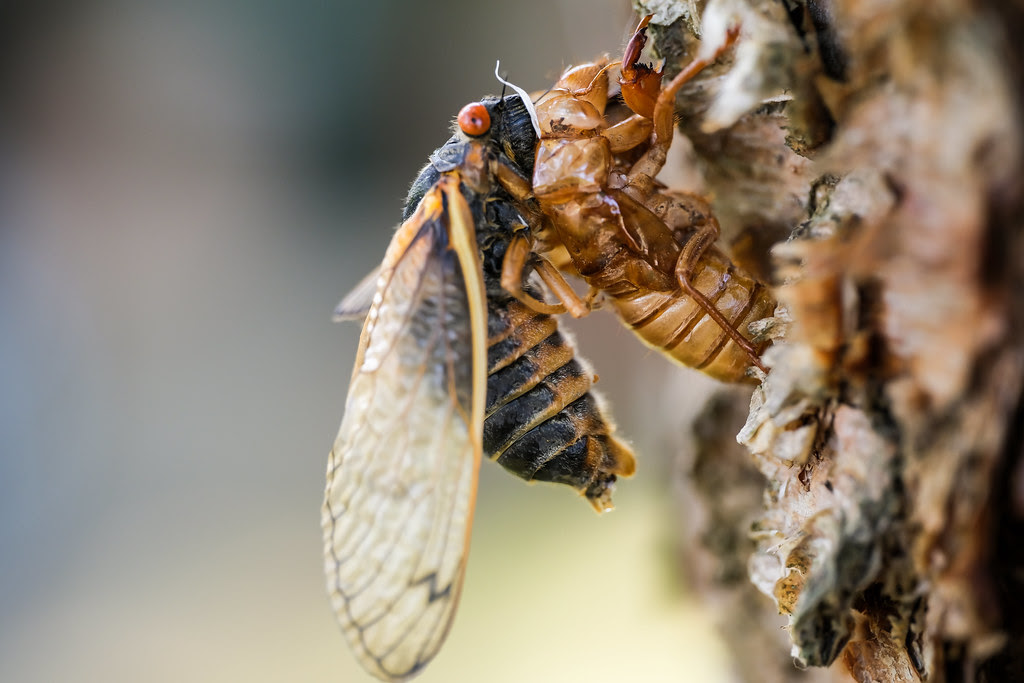
Whether we like it or not, Brood X has arrived, and as is the case with any insect that is suddenly thrust into the spotlight, so too come the questions. The following are some of the most common questions surrounding Brood X and other cicadas since they became center spotlight.
Are cicadas dangerous?
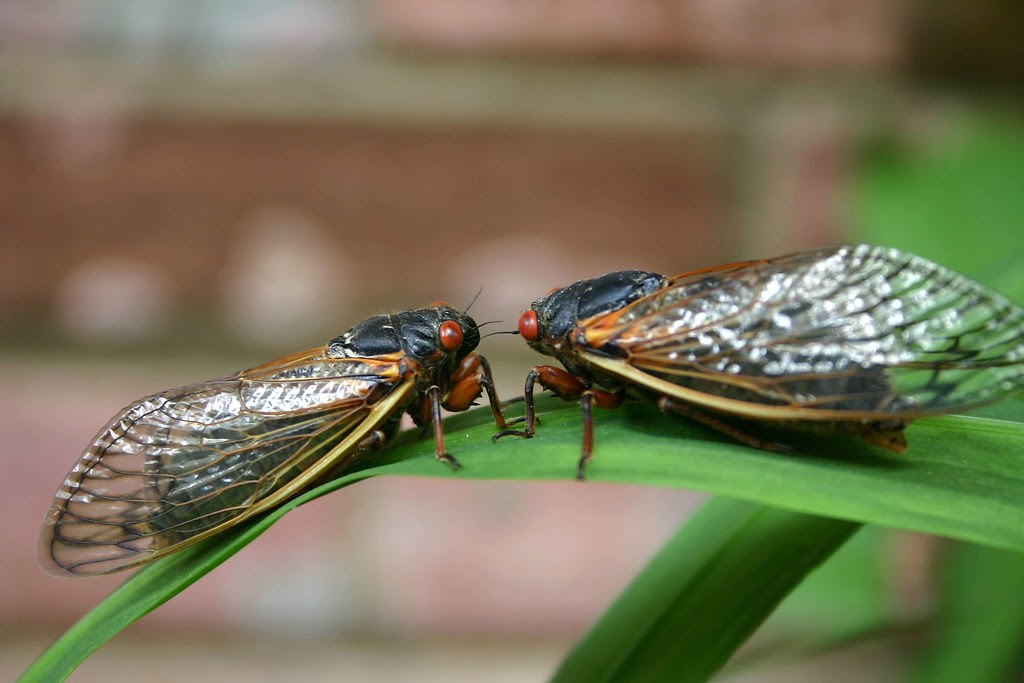
Not at all! Cicadas cannot sting, bite or pinch. They also have little to no interest in us or our pets anyway. When the cicadas emerge from the ground, they’ve only got one thing on their mind: ensuring the future generation of Brood X cicadas, to emerge 17 years from now.
Do cicadas damage plants?
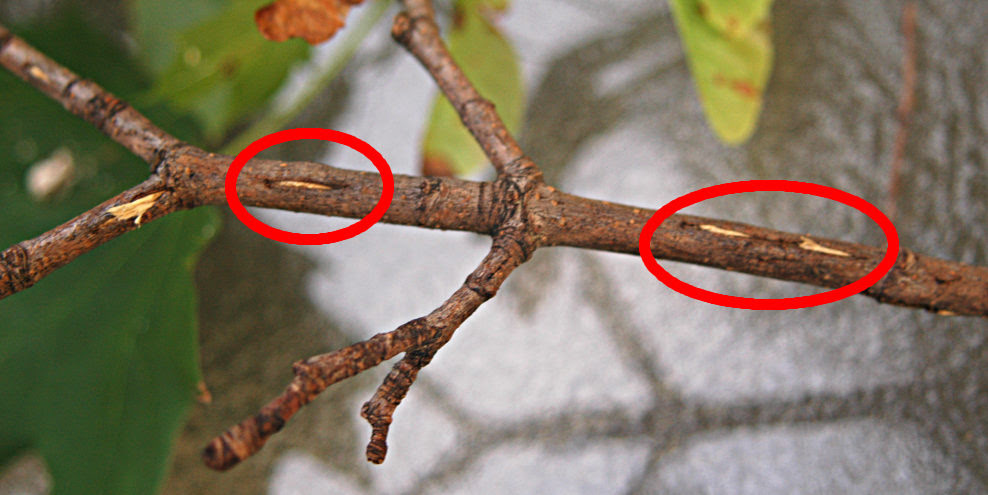
While there is some evidence that the female cicadas can damage or weaken the branches of saplings when laying their eggs, cicadas do not cause significant damage to plants or crops. And while their emergence immediately following a year-long pandemic may seem somewhat… biblical, cicadas are not closely related to locusts. Like we discussed in last week’s introduction to Brood X, cicadas are true bugs, while locusts are a type of grasshopper. Cicadas cannot chew leaves; their mouthparts consist of a piercing and sucking rostrum (beak), which they use to feed on the xylem layer of plants.
Why do they emerge every 17 years?
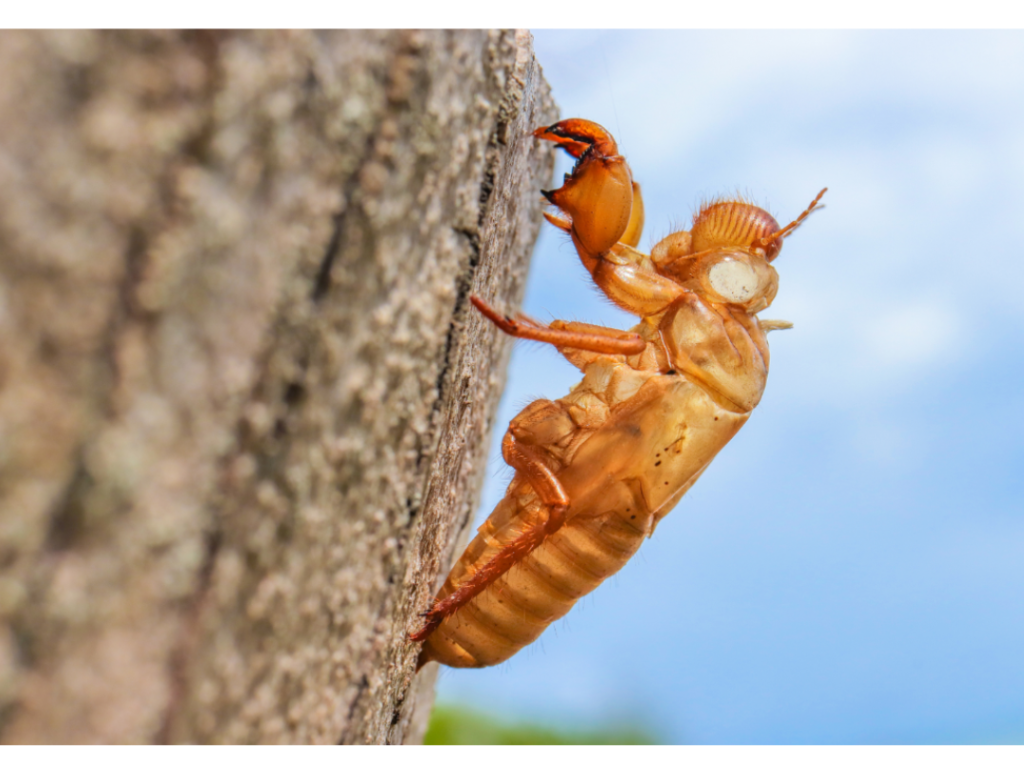
The 17-year cicada lifecycle is not definitively understood by scientists, although there are some strongly supported hypothesis as to why these true bugs emerge at very specific, prime-numbered intervals.
The emergence of trillions of tasty, easy-to-catch morsels certainly provides predators with a major protein boost, but the sheer numbers typically overwhelm them. This is a strategy called predator satiation; after the first week or so, predators ignore the cicadas and the cicadas go about their… business.
Early hypotheses suggested that the prime-numbered intervals at which the cicadas emerged were a way to prevent predators from timing their life cycles to the emergence.
“On this hypothesis a predator with a three-year reproductive cycle, which happened to coincide with a brood emergence in a given year, will have gone through either four cycles plus one year (12 + 1) or five cycles plus two years (15 + 2) by the next time that brood emerges. In this way prime-numbered broods exhibit a strategy to ensure that they nearly always emerge when some portion of the predators they will confront are sexually immature and therefore incapable of taking maximum advantage of the momentarily limitless food supply.” (Wikipedia)
However, a more recent hypothesis suggests that the unusually long, sequestered, and synchronized development of periodical cicadas was a way to prevent hybridization between broods. Preventing hybridization is a way to conserve the gene that determines the cicadas long development time, a strategy that was probably developed as the result of harsh conditions.
Do we have cicadas in Montana?
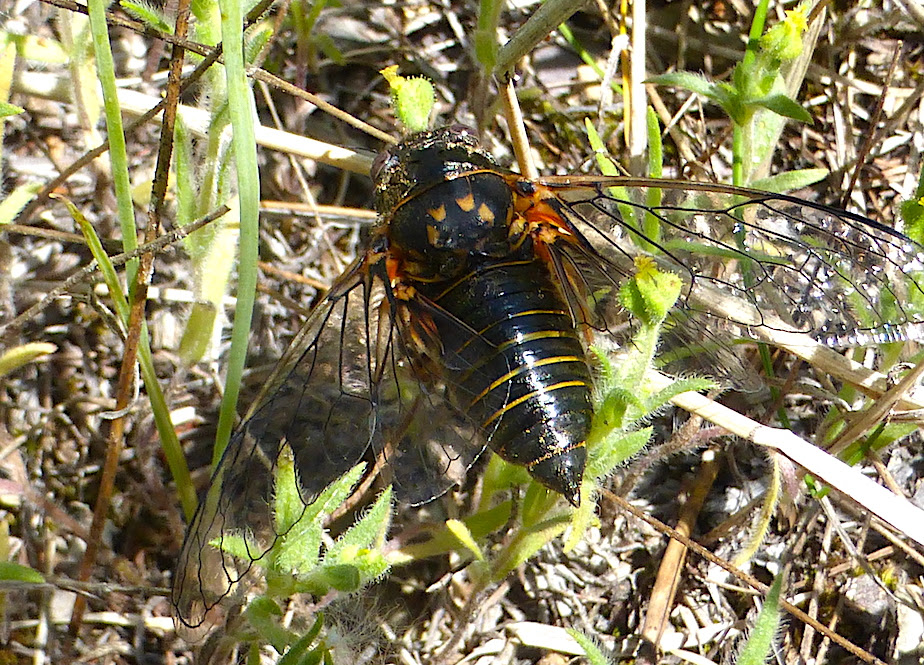
Yes! Cicadas occur worldwide, in fact. The cicada lifespan can range from 1-9 years, but most species do not synchronize their emergence, so we see them every year. These are aptly named “annual cicadas.” Periodical cicadas, however, are unique to the eastern United States and found nowhere else in the world.
Until next time, thanks for visiting the lab!
Bug Wrangler Brenna
brenna@missoulabutterflyhouse.org
Want to revisit a previous Notes from the Lab issue? Check out our archive! Do you want to request a subject for an upcoming issue? Email me at the address above and put “Notes from the Lab” in the subject line.